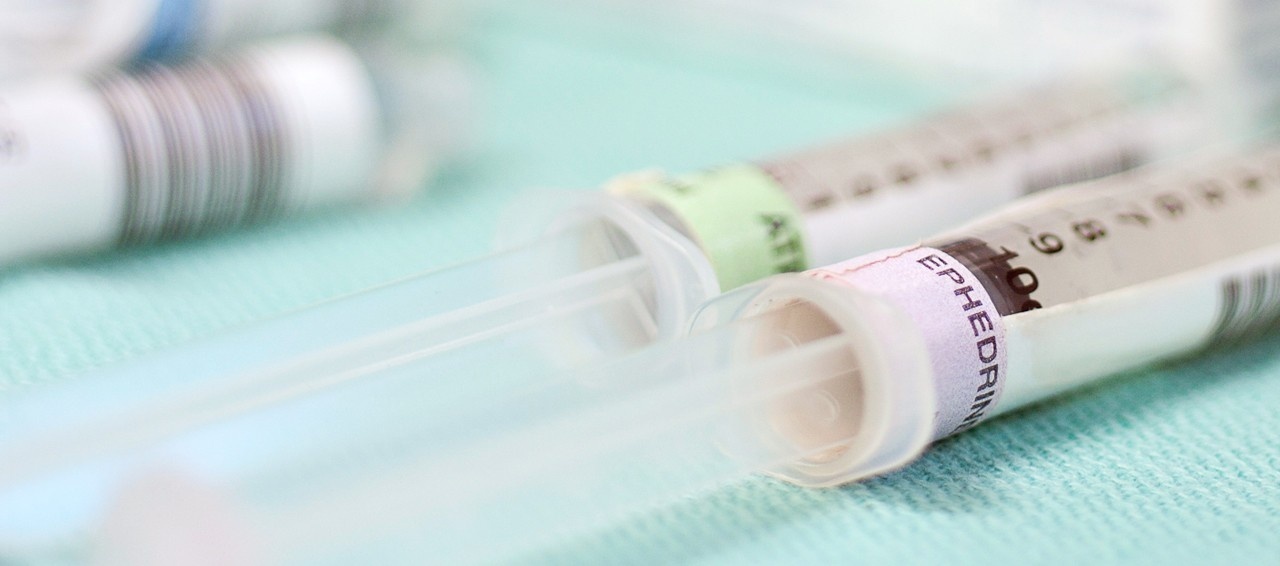What Dal anesthesia residents say about the program
Why did you choose the Dal anesthesia program?
“Friendly East Coasters, strong community feel, wide exposure of medical specialties as Halifax is the largest medical centre east of Montreal. The anesthesia residents I had worked with (during electives) were confident, approachable and excellent teachers, which I interpret as a strong sign of competence.” – Michelle Trenholm (Class of 2025)
“I chose Dal as it seemed to have the best balance between program size and exposure. We are a large enough centre to gain exposure to almost every type of procedure but small enough that there is a strong sense of community within our department. As residents, we have a great relationship with our staff anesthesiologists who place our learning as a priority over providing clinical duties. Additionally, Dal has one of the best resident contracts in the country and Halifax is a great city to live.” – Julia Wright (Class of 2024)
“Ultimately, the combination of an amazing city, a great resident and staff cohort, and a nationally renowned anesthesia program made it easy for me to choose the anesthesiology program at Dalhousie.” – Mike Smyth (Class of 2025)
“Dal has a great reputation for excellent training, friendly residents and staff, and a variety of variety of opportunities (global health, TEE/PoCUS, dedicated regional, airway).” – Stephanie Power (Class of 2022)
What are some of the strengths of the program?
“Dal Anesthesia has a very strong simulation program. For example, at the beginning of R1, there is a simulation series focused on managing unwell patients on the wards and in PACU to help ease the transition to residency. After that, there are high-fidelity simulation sessions throughout the rest of the five years [...] Wellness is a huge focus within our Department. There is a wellness committee that organizes events throughout the year. There are many supports in place that are easy to access.” – Julia Wright (Class of 2024)
“It’s mid-sized – that allows you to know everyone and certainly find a group that you especially connect with. I had met all the residents within a week of starting residency, that would be unheard of at places like UofT or UBC.” – Katija Bonin (Class of 2025)
“The program is very supportive of residents. Other strengths: great staff, 16h call.” – Stephanie Power (Class of 2022)
“Main teaching hospitals are all within walking distance of each other; early adopter of CBME and is more established as compared to other schools.” – Michelle Trenholm (Class of 2025)
What are some of the challenges the program is working to address?
“One challenge being addressed right now is the study schedule for the Royal College exam. This issue is not specific to Dal, and our department is willing to work as a team with the residents to ensure there is adequate protected study time with the exam being moved up to the fall of fifth year. [...] There aren't many efforts to recruit residents to work in Nova Scotia after their residency is over. However, this issue has been raised with our new Department Head who is aware of the issue and looking to improve these efforts in the future.” – Julia Wright (Class of 2024)
“High onus on residents to seek evidence for EPAs. High number of feedback forms to be completed by residents (about 5 to 12/week). These weaknesses aren't to be taken lightly, but they are minuscule compared to the strengths of the program and are worth it in my opinion.” – Katija Bonin (Class of 2025)
“Academic half-day renewal. Evolving CBME changes. Resident space at the Halifax Infirmary? – not sure if this is actually being resolved but something that seems to surface from time to time.” – Stephanie Power (Class of 2022)
“Streamlining evaluations and CBME portfolio; I’ve heard some preceptors are better than others in providing feedback that is useful as evidence for EPAs.” – Michelle Trenholm (Class of 2025)
